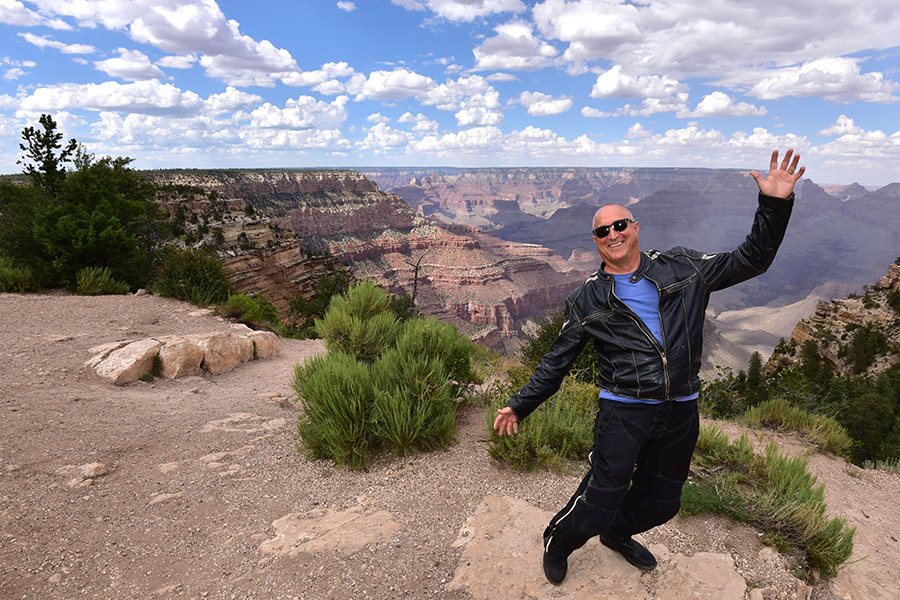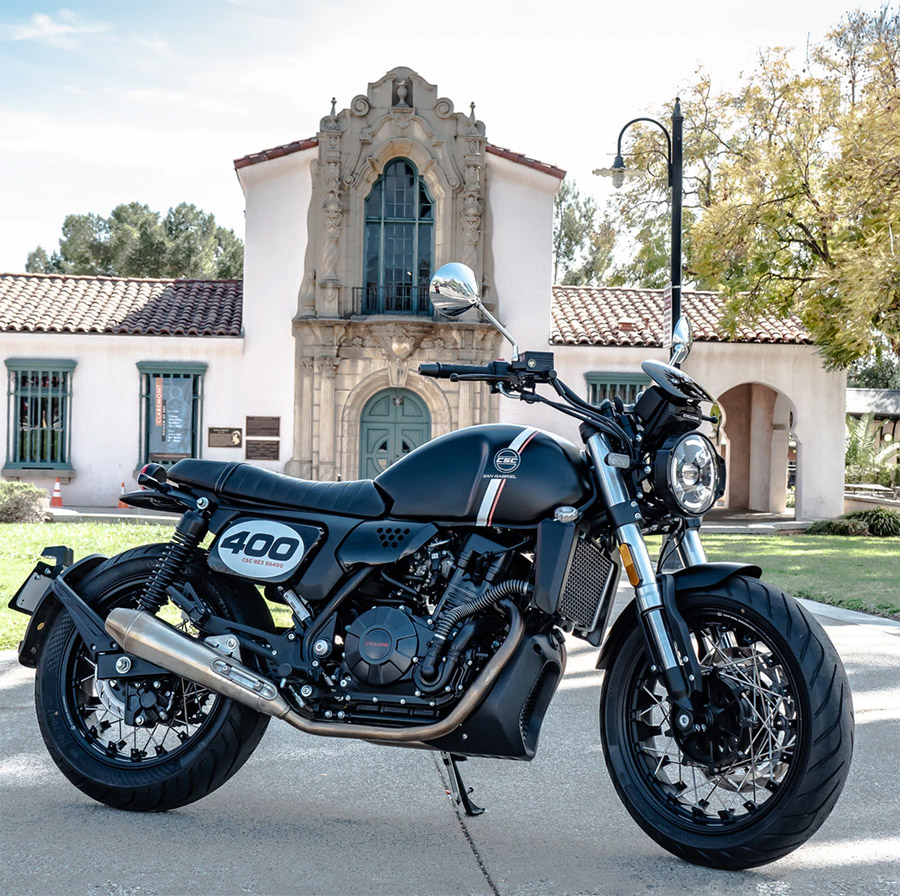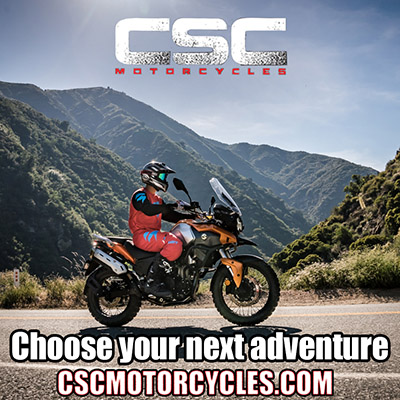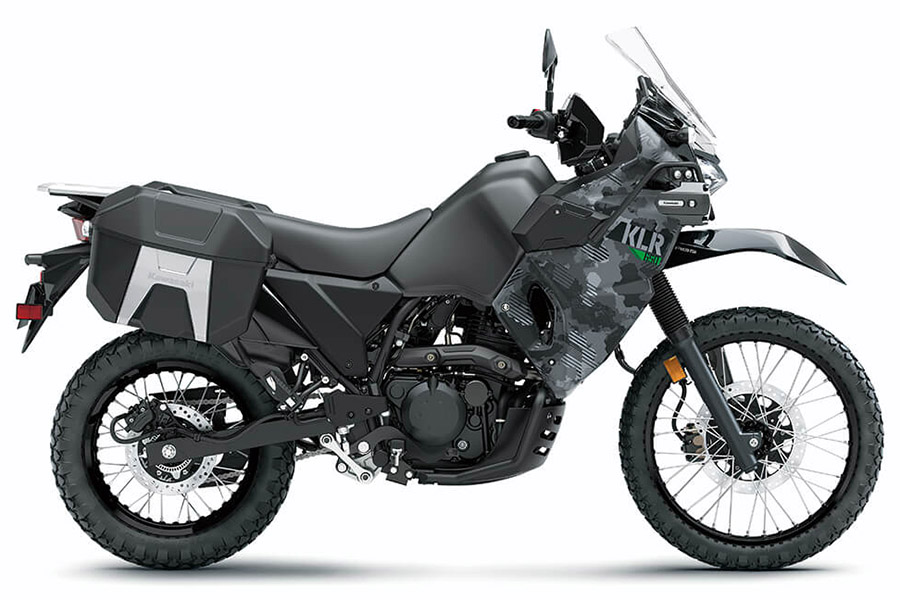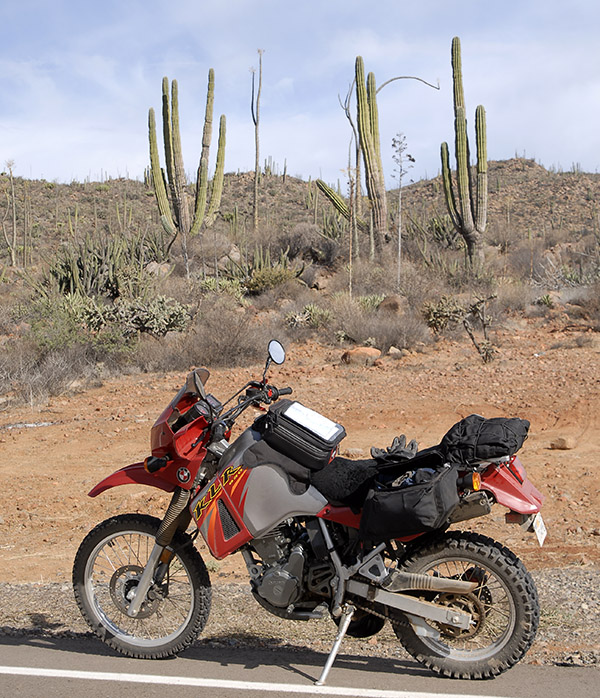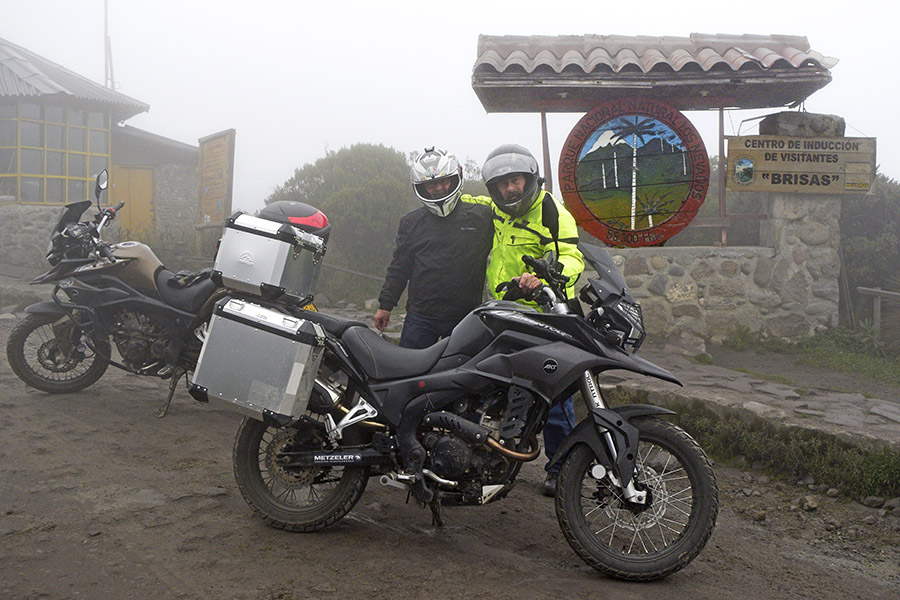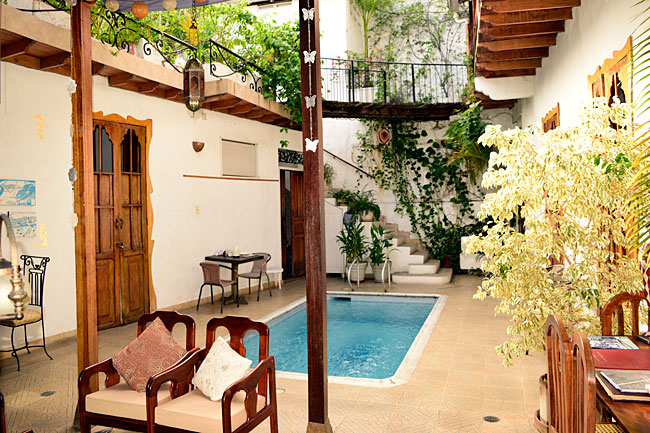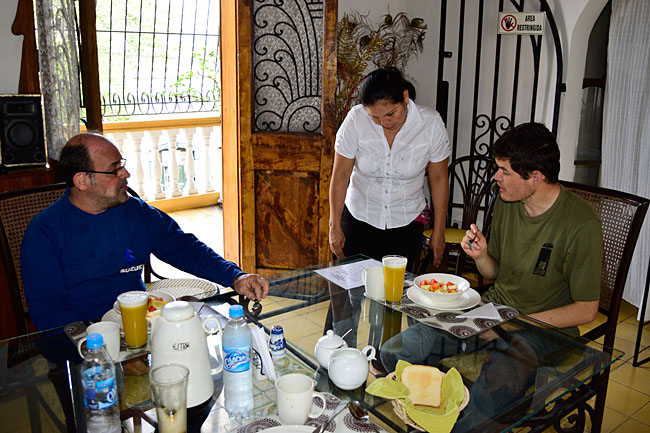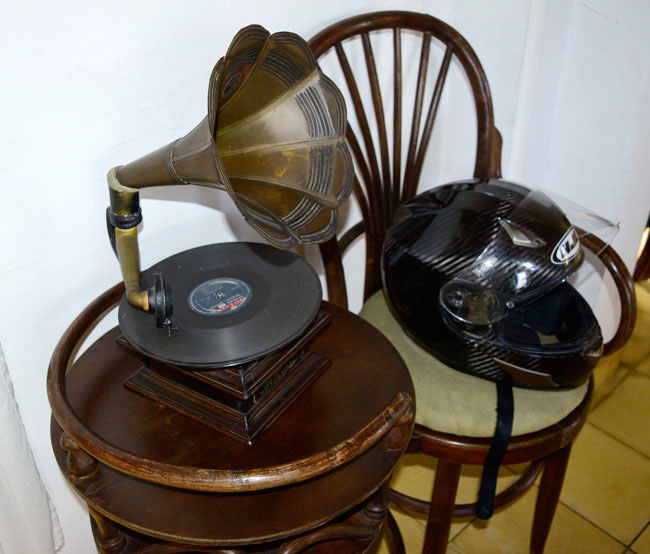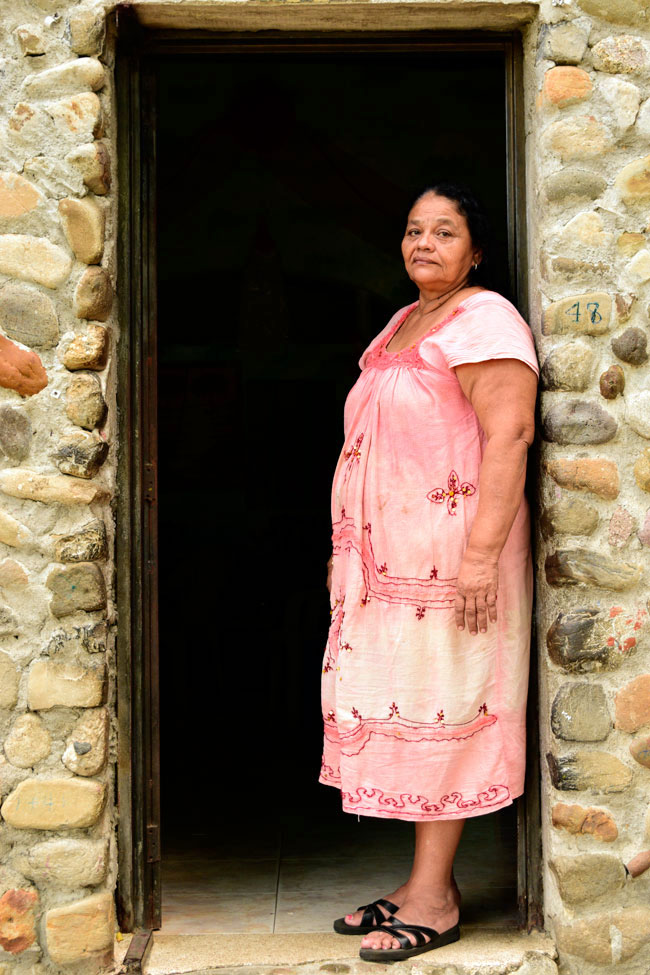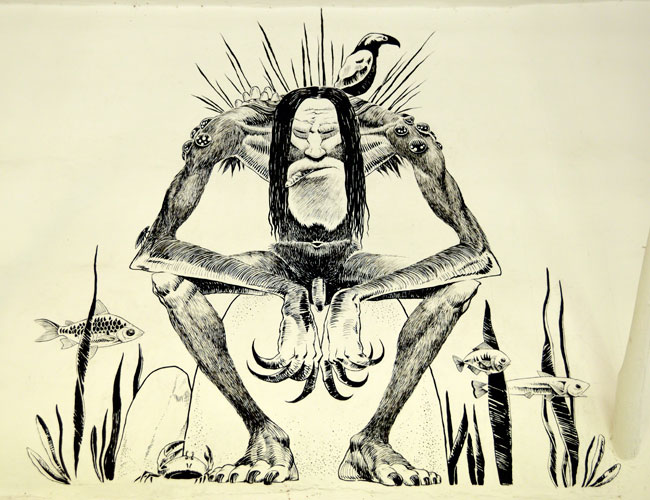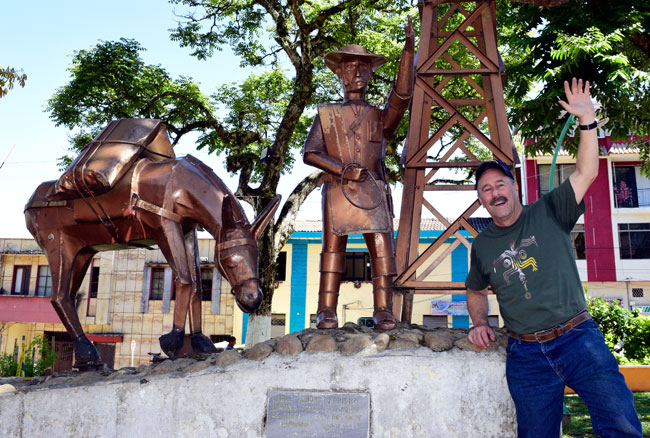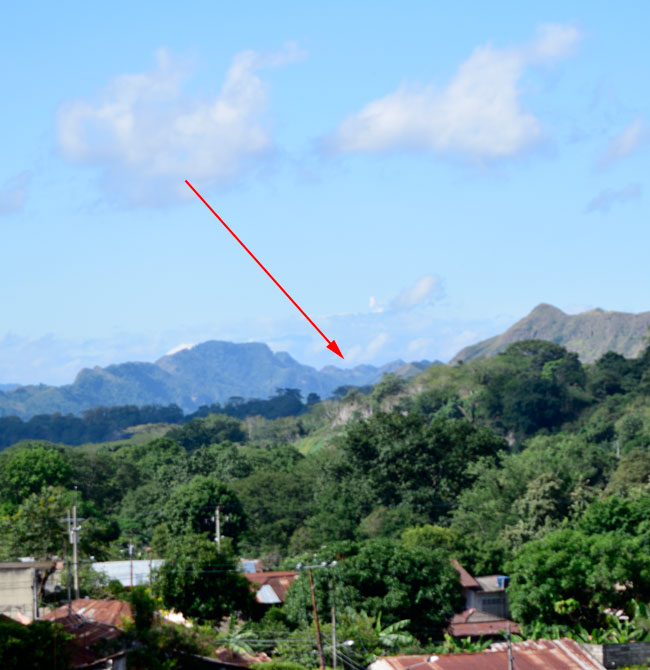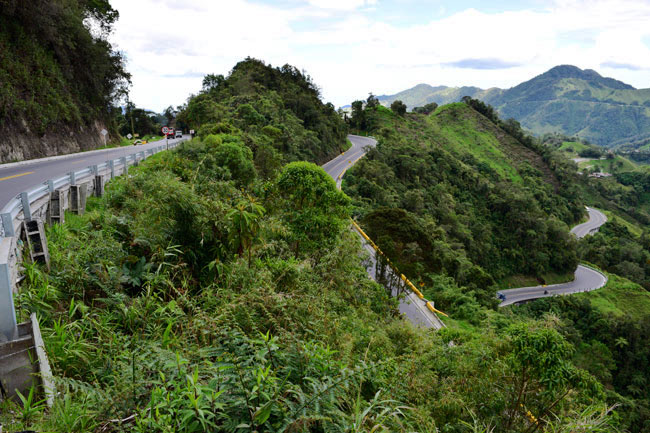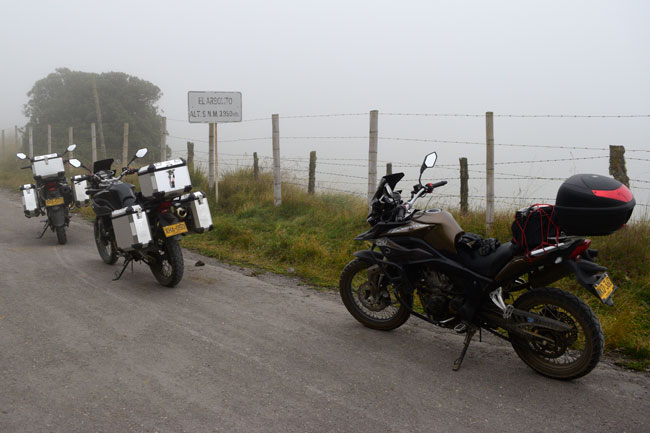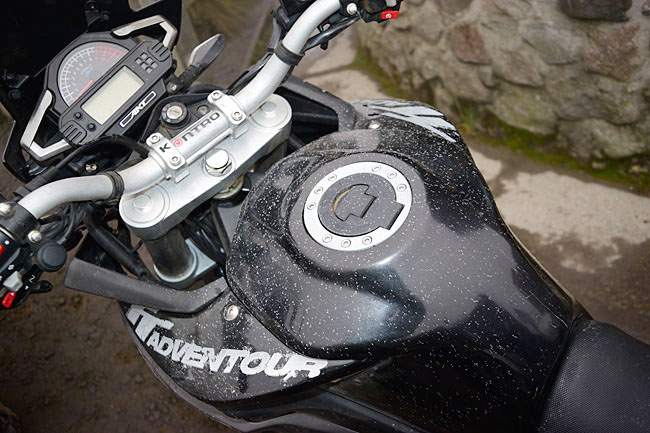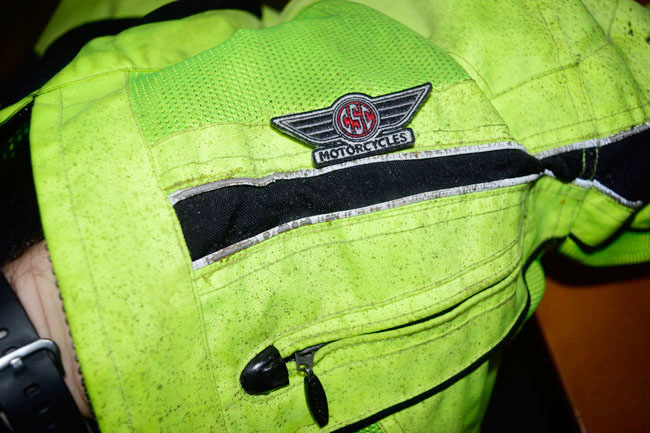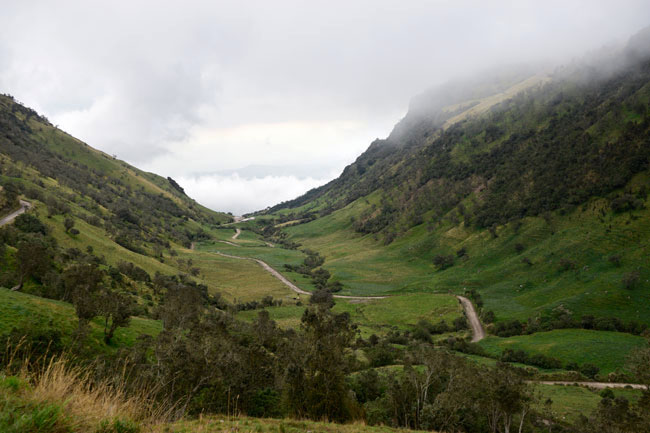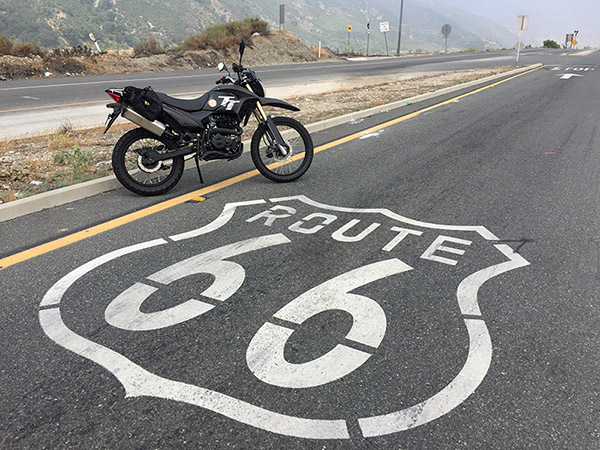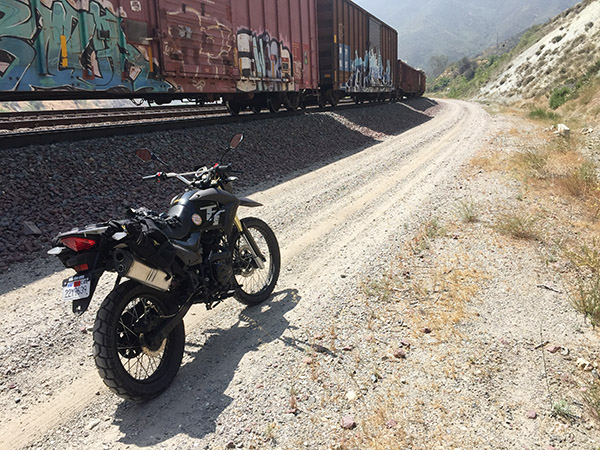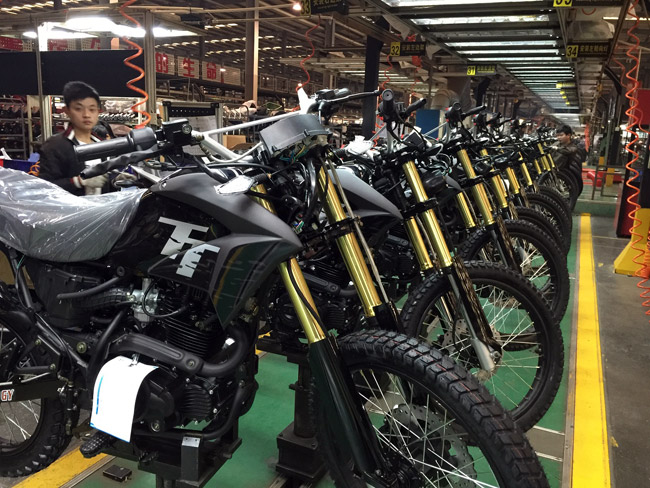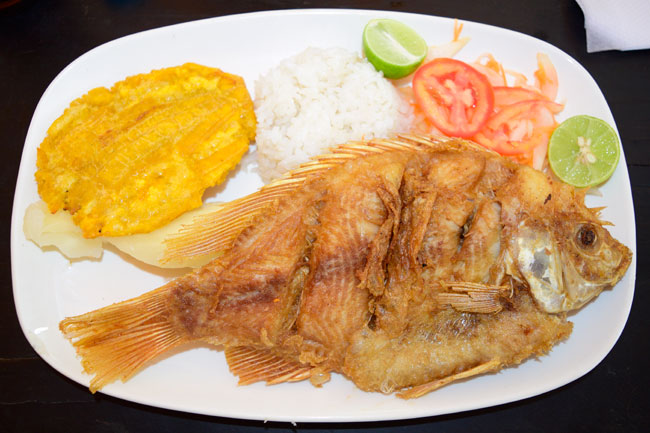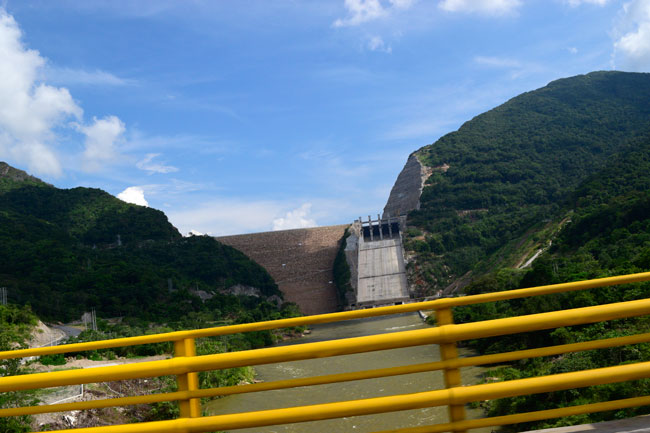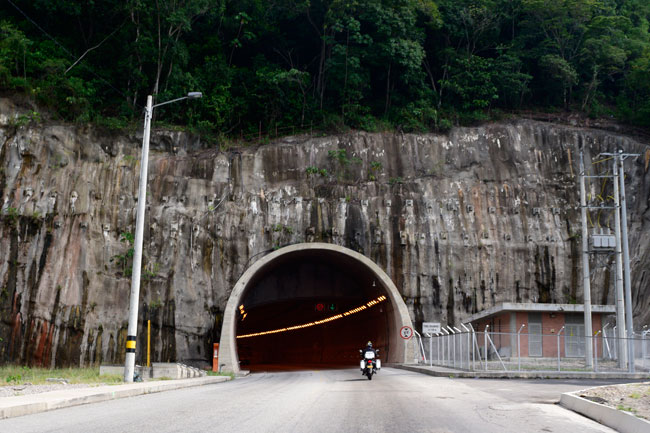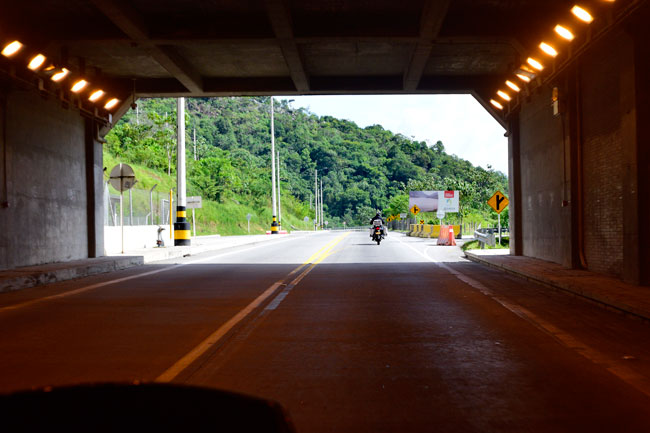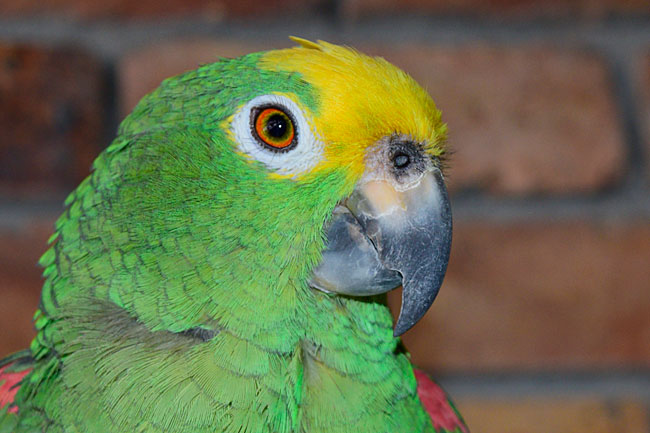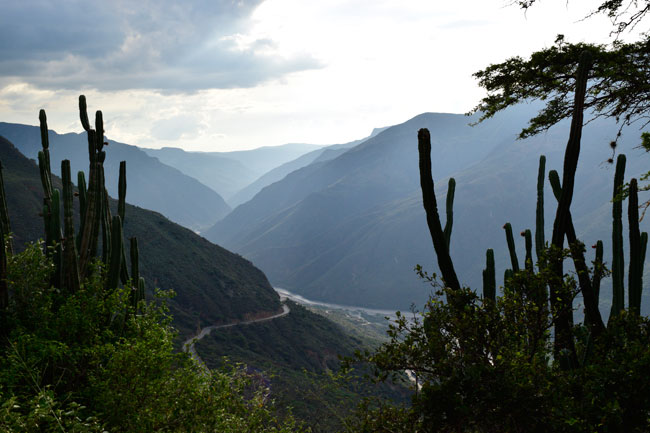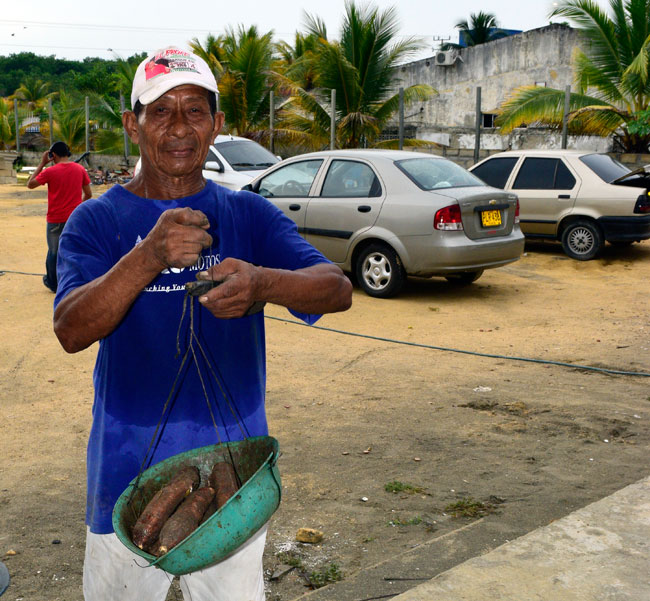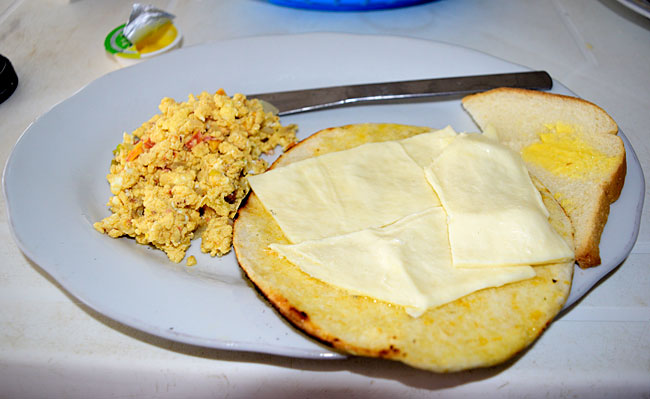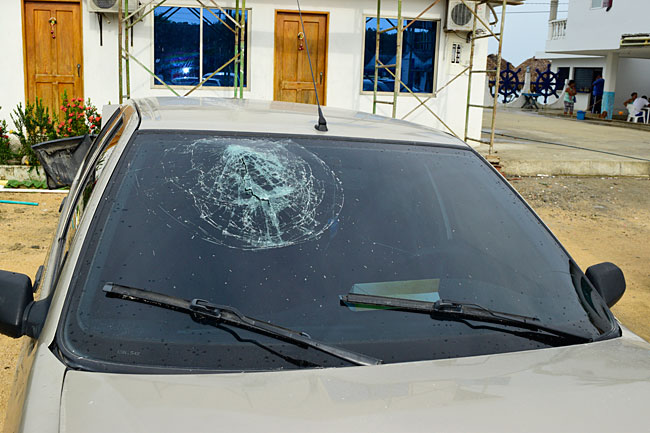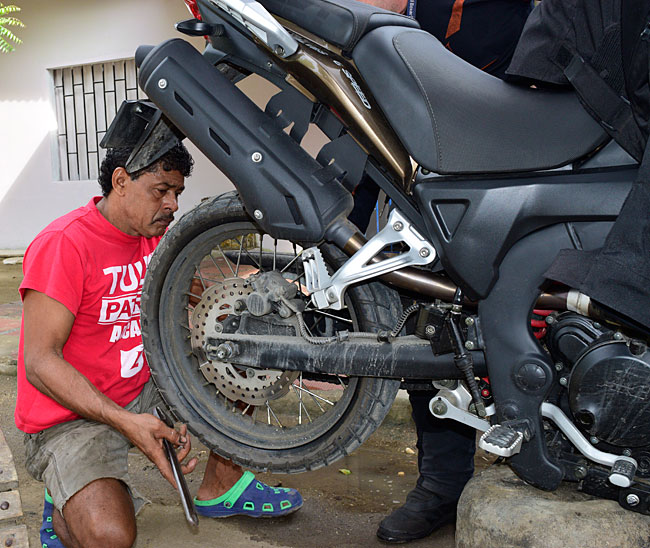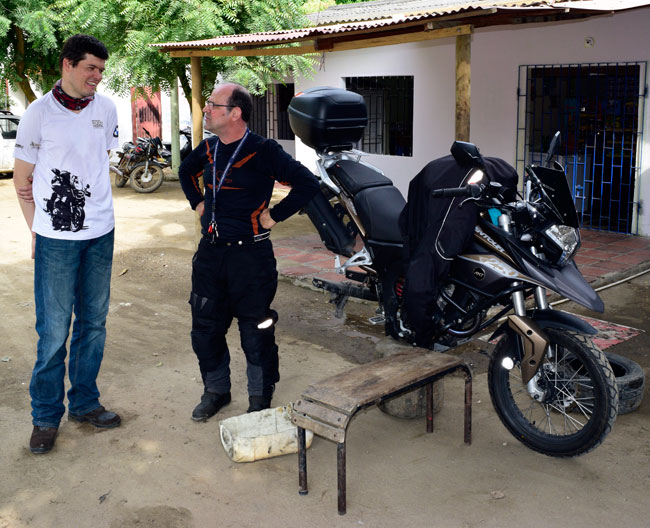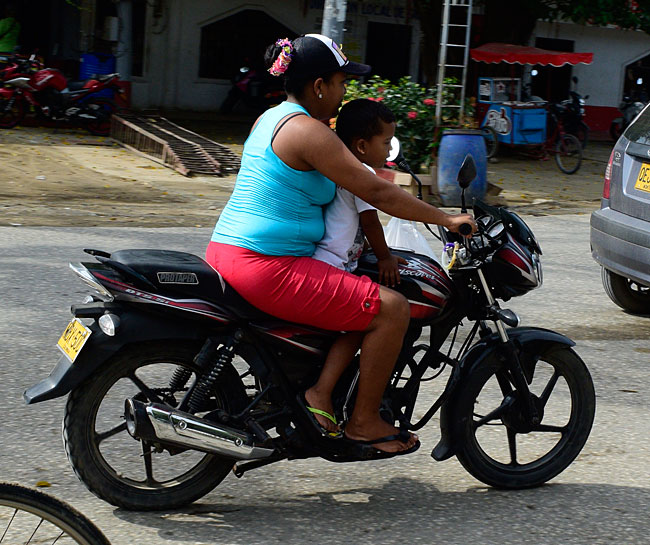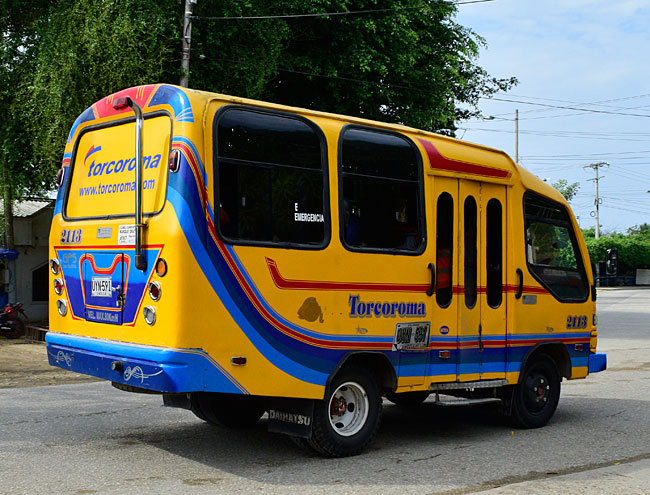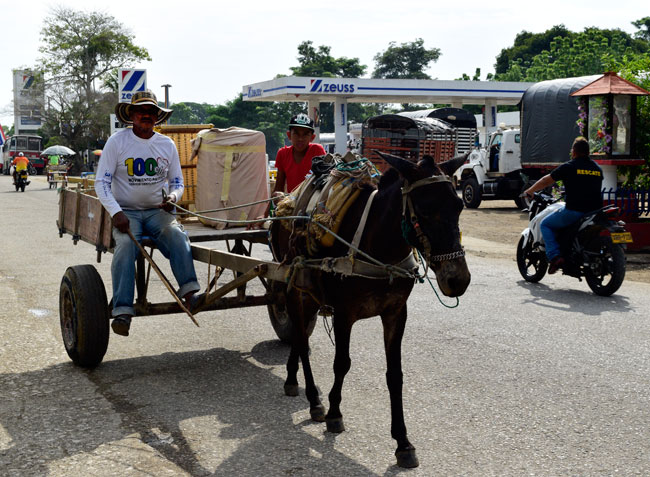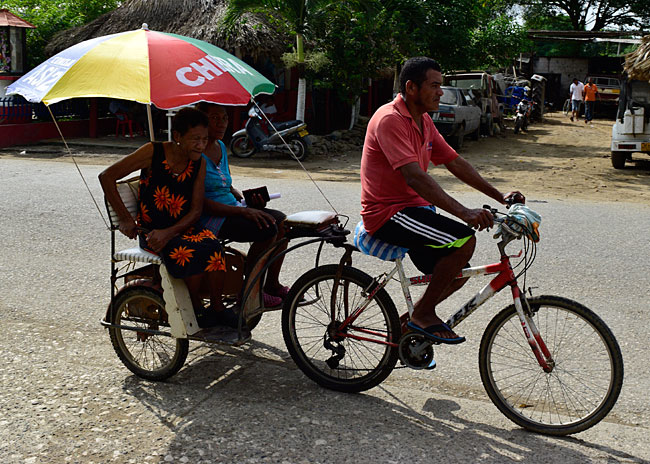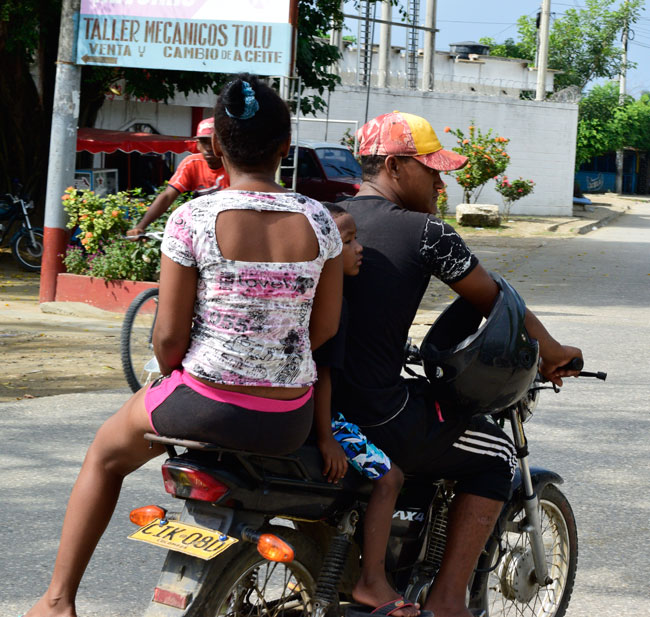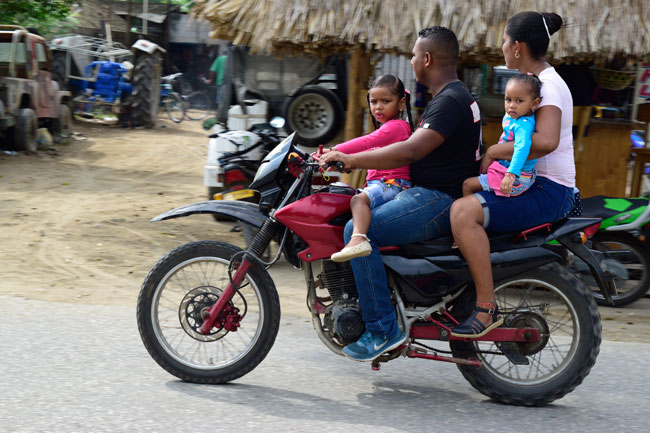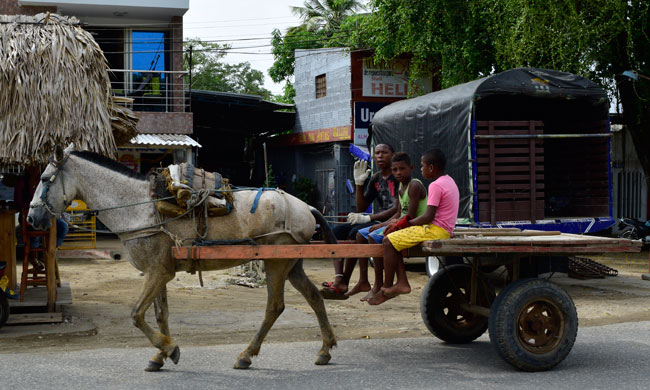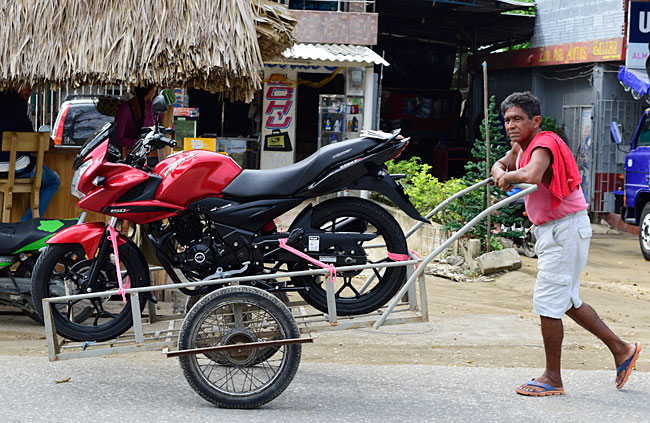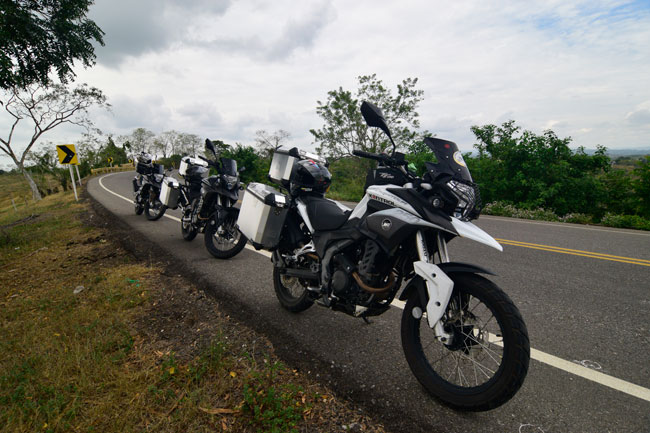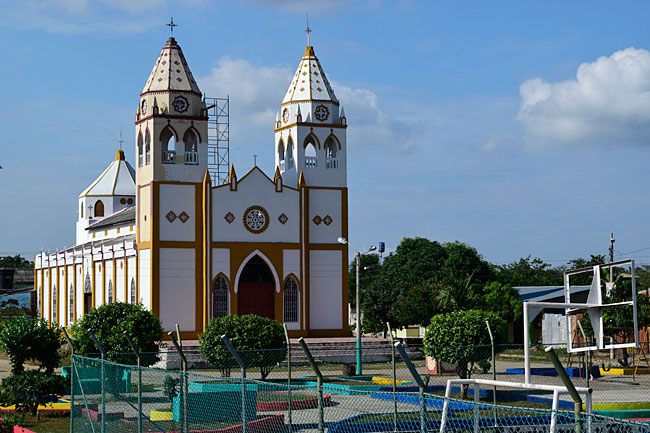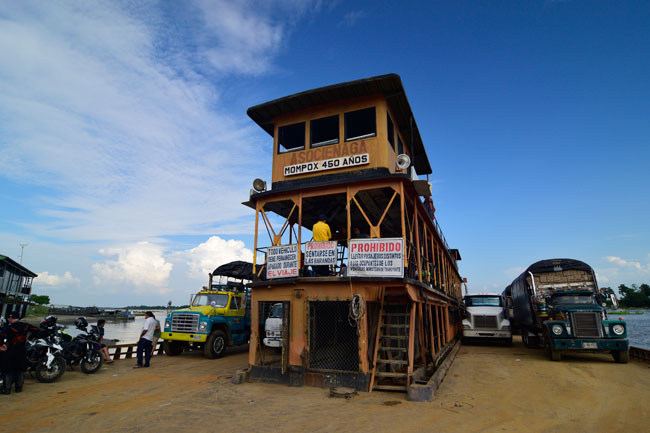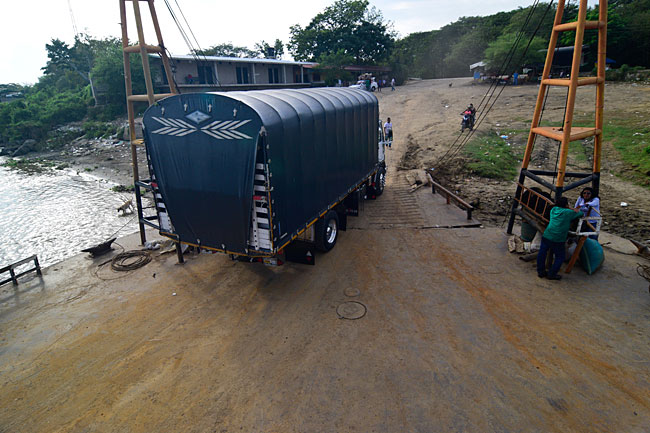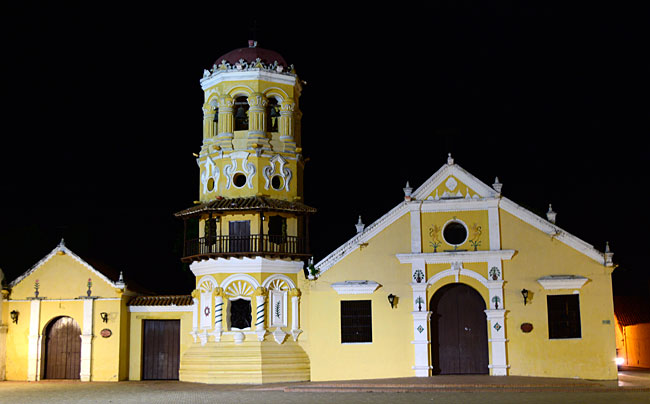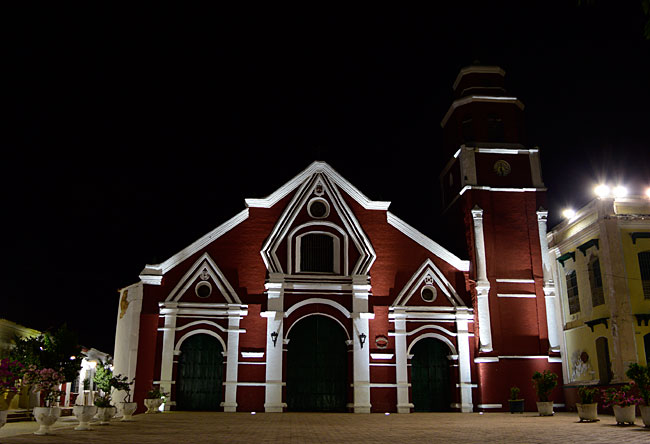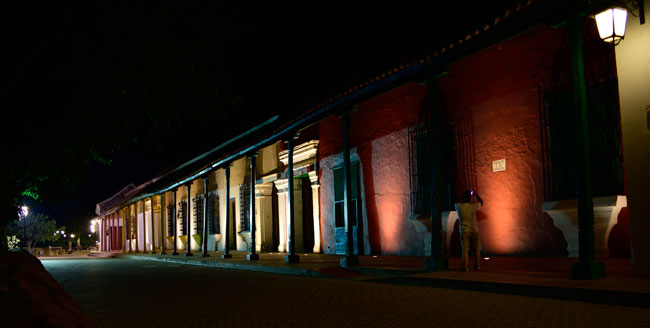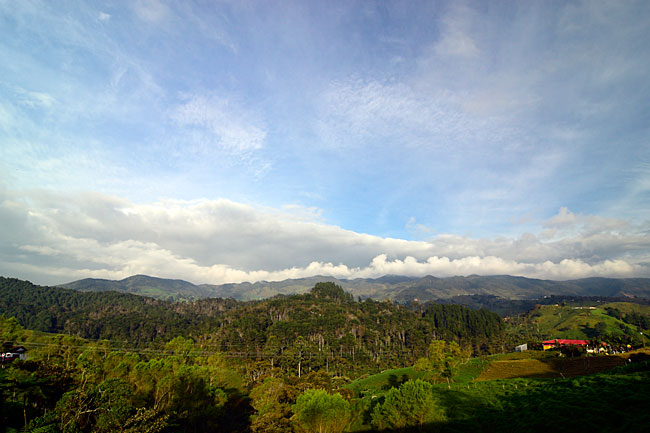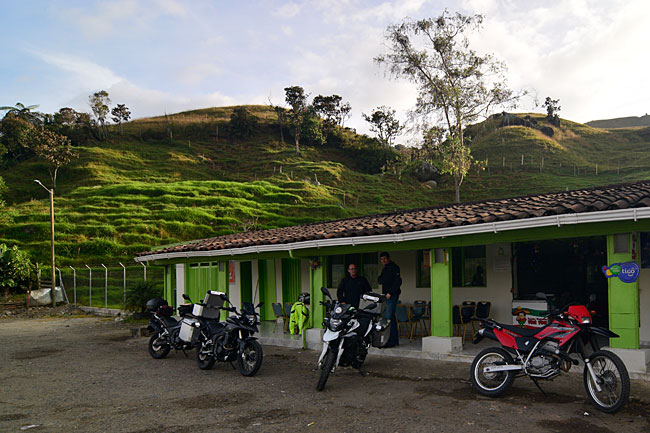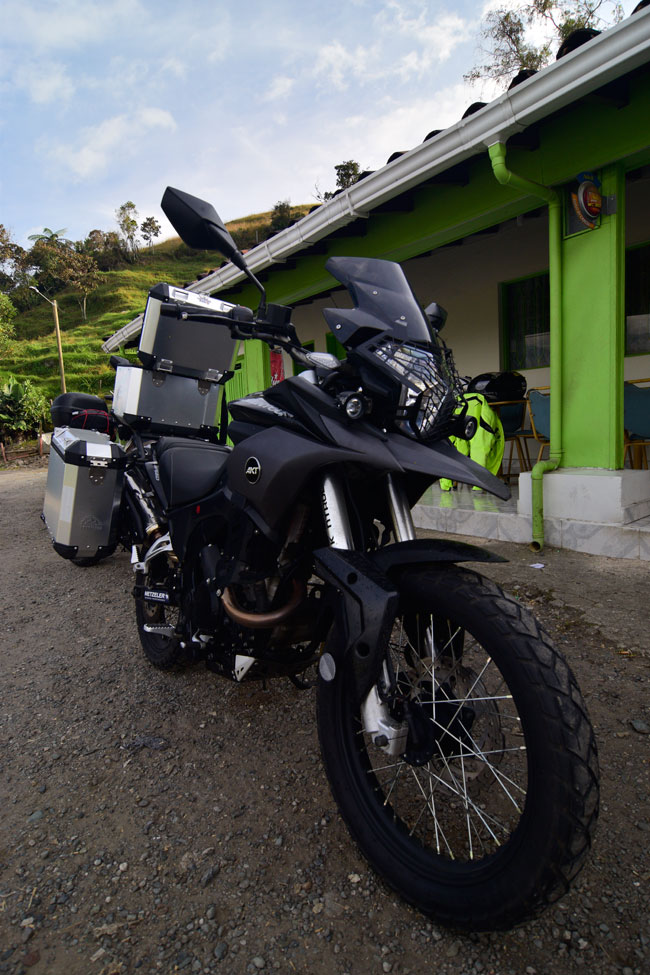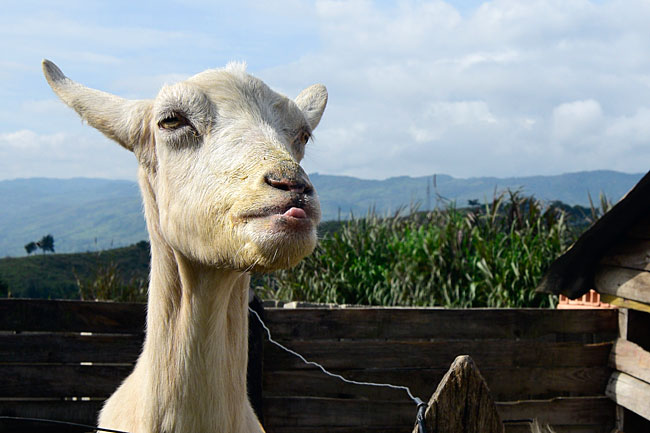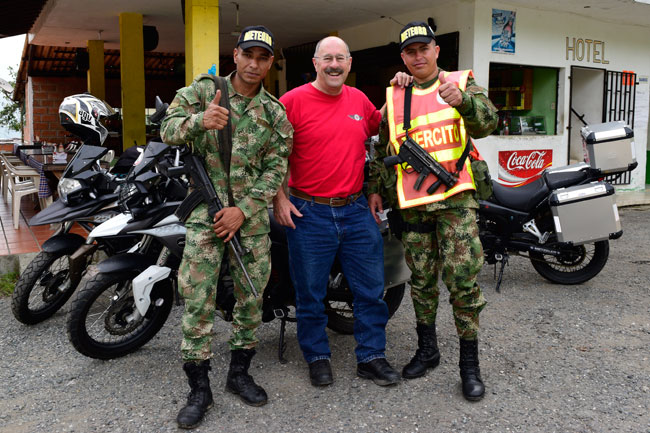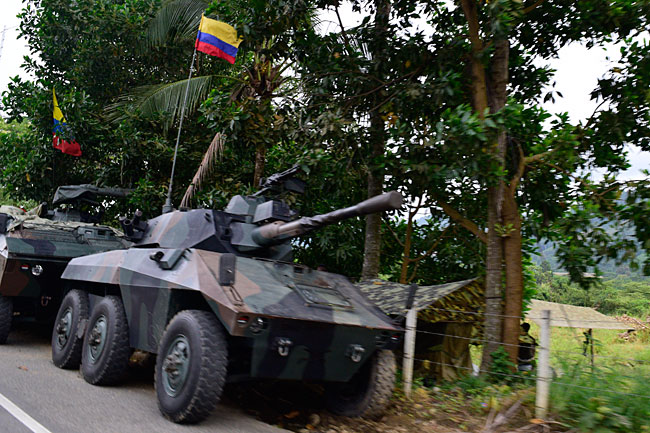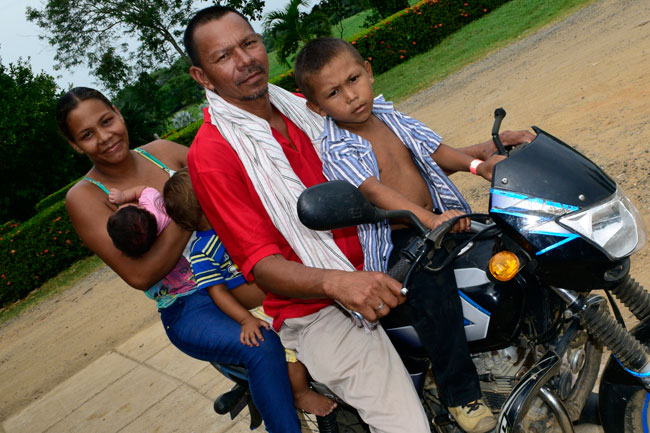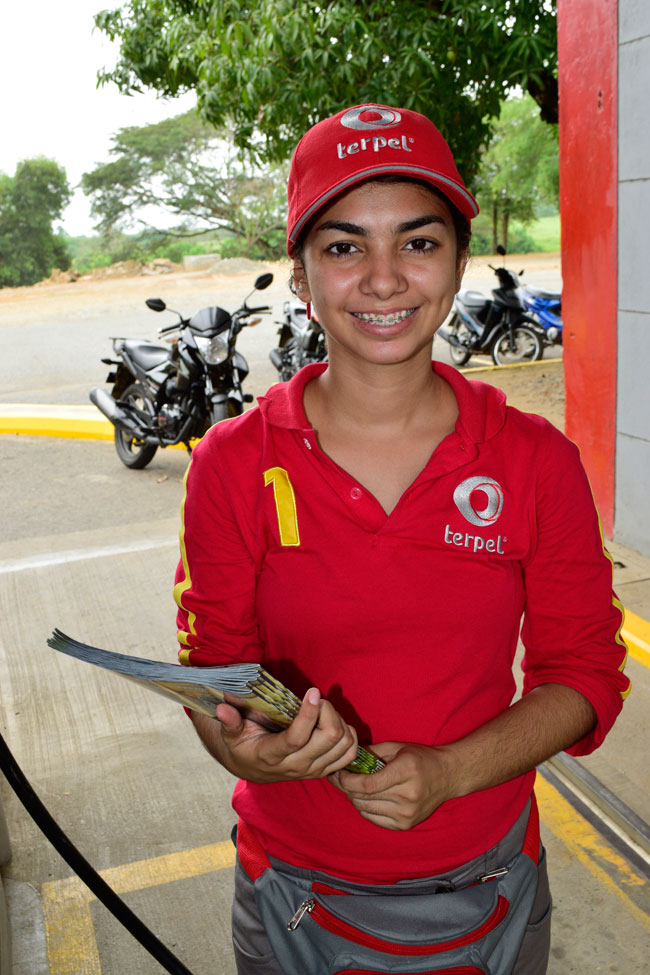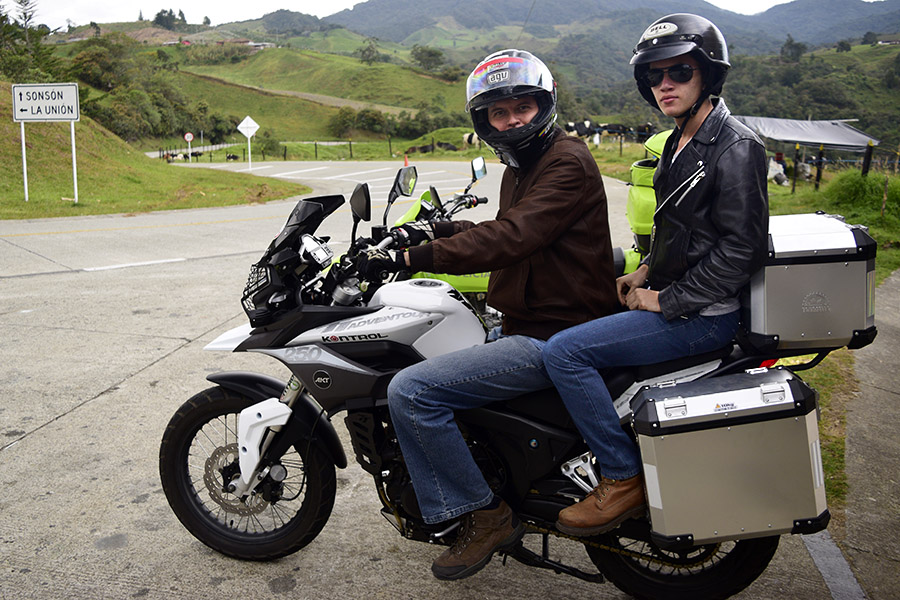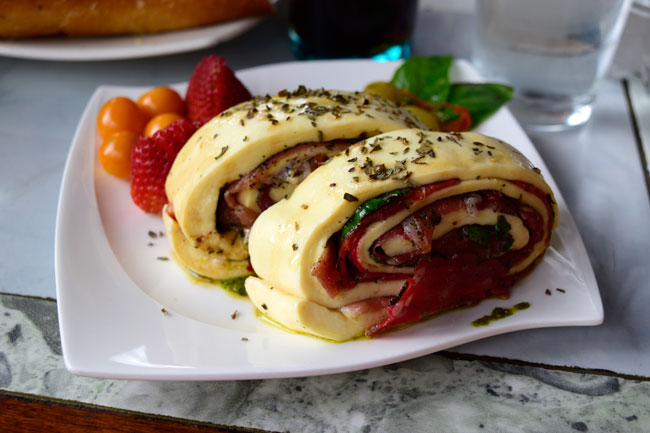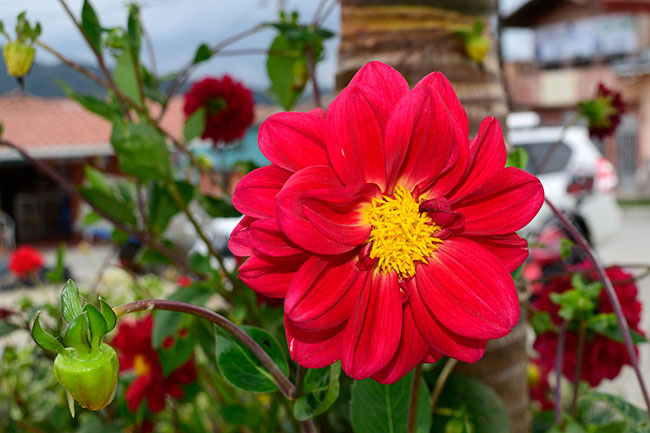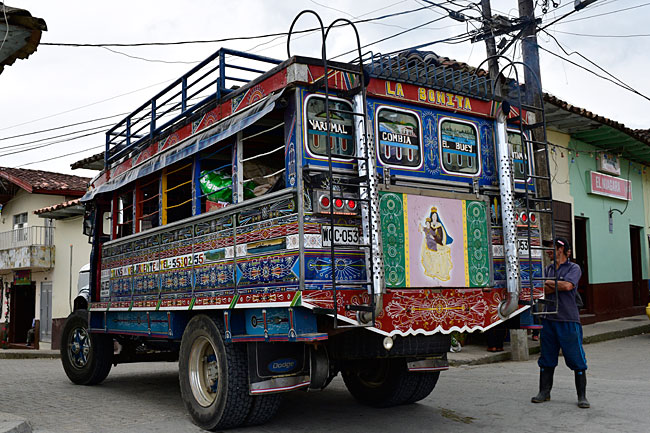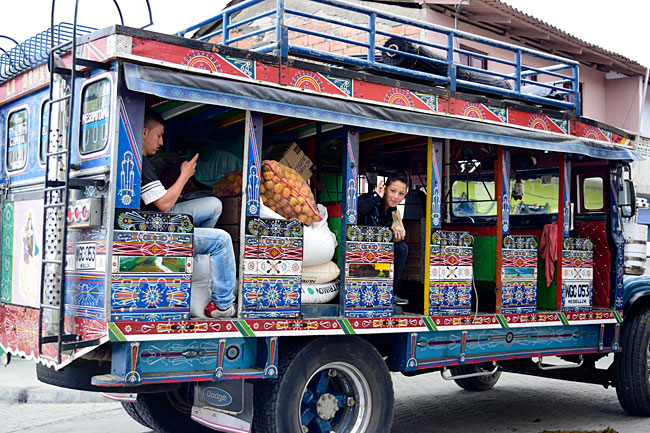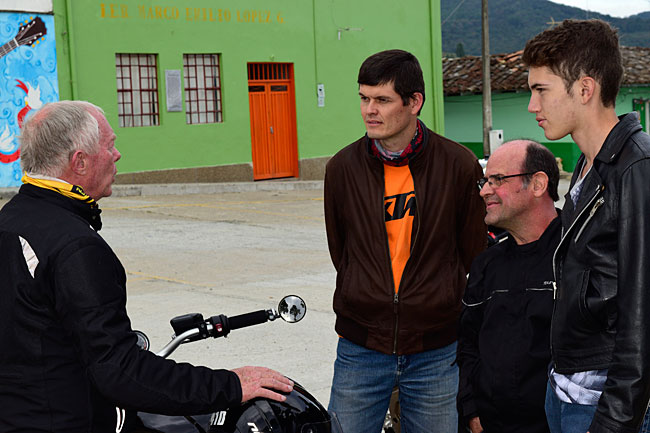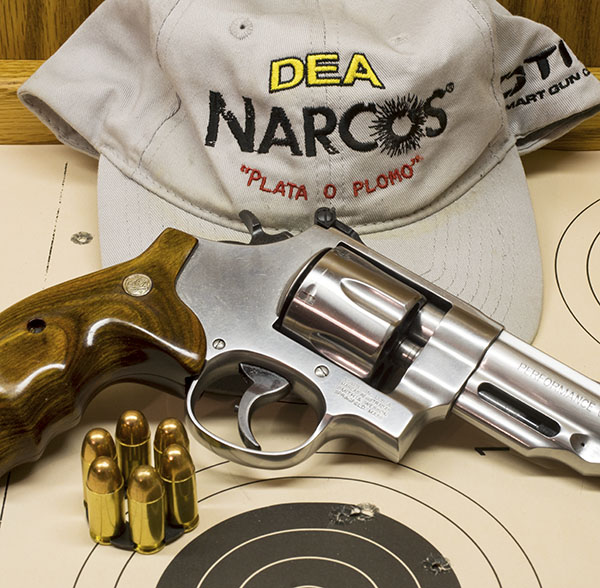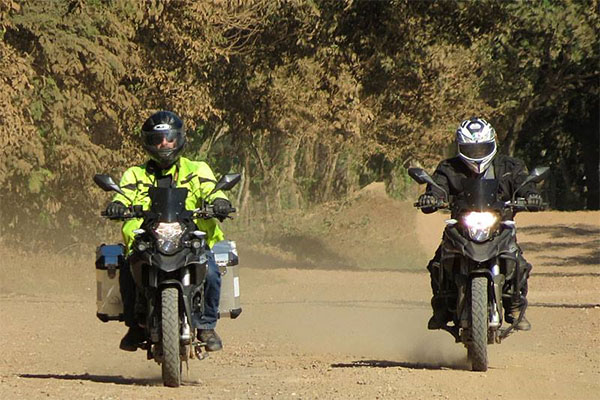Arizona’s Grand Canyon National Park is another bucket list destination. As As was the case described in our recent blog on Devils Tower, a movie inspired my first visit. A contemporay review of the 1991 Grand Canyon movie said it was about “random events affecting a diverse group of people exploring the race- and class-imposed chasms which separate members of the same community.” That’s an artsy-fartsy tinsel-town mouthful. Grand Canyon was pretty good and it had some big name actors in it. But we’re not here to talk about the movie.
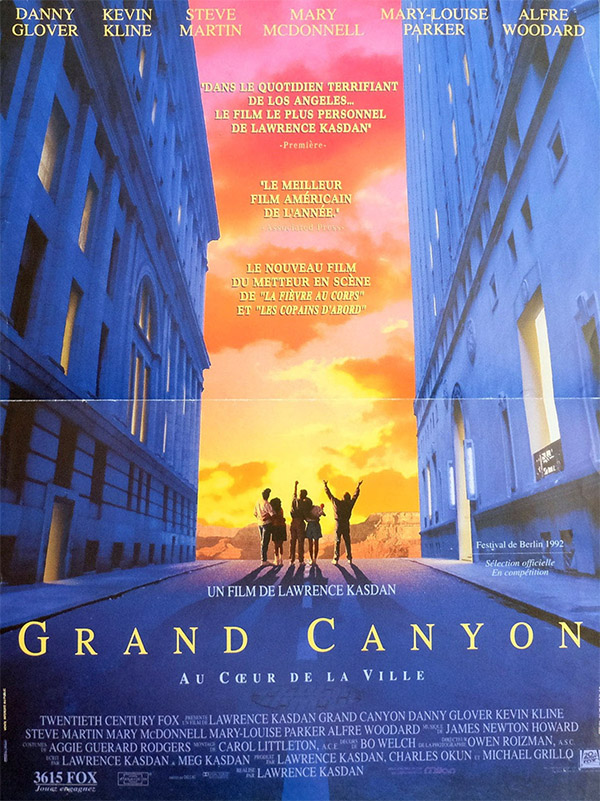
On to Grand Canyon National Park. The name sounds majestic, and the Grand Canyon surely is. I’ve been to the Grand Canyon many times (it’s only a day’s ride from home) and I would not pass on an opportunity to see it again. It’s a great ride in a car or on a motorcycle. I’ve done full-family car trips and I’ve done a number of motorcycle trips. Interestingly, some of the best rides were on the 250cc CSC RX3 motorcycles with guys from China, Colombia, and the US (you can read more about the RX3 trip in 5000 Miles At 8000 RPM).
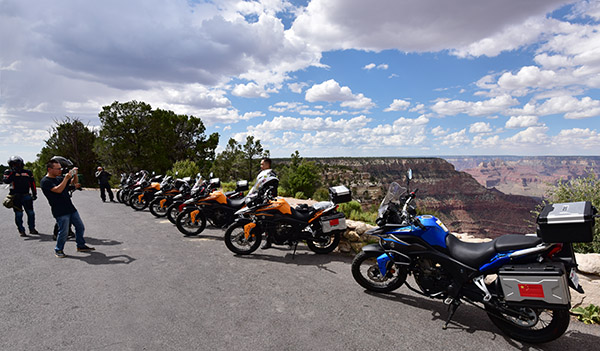
There are two places to see the Grand Canyon National Park, the North Rim and the South Rim. The South Rim is by far the most heavily visited area and offers the best views, but the North Rim is a better ride, especially the last 50 miles or so along Arizona Route 67 (also known as the North Rim Parkway). Getting to the South Rim involves riding through a spectacular desert to get to Grand Canyon National Park, at which point you enter a beautiful pine forest. And when you visit the South Rim, you can continue on in the direction you were traveling when you leave — you don’t have to backtrack. The North Rim is different: There’s one way in, and one way out. It takes longer to get to the North Rim along heavily-forested Route 67 (and that road shuts down when it snows), but wow, what a ride!
My first Grand Canyon visit brought me and a riding buddy to the North Rim on a couple of Harleys nearly 30 years ago. It rained all the way in, we were thoroughly soaked and chilled, and I still remember how much fun I had. The Grand Canyon Lodge is the pot of gold at the end of the rainbow. It’s a magnificent place to stay or you can just have lunch there. The view is awesome, but I think the views from the South Rim are even better (and there are more vantage points).
Ah, the South Rim. That’s where I took the big photo at the top of this blog and it shows none other than world-famous concrete consultant and moto-journalist Joe Gresh. It almost looks fake, like I had a cutout of Gresh and pasted it into the photo, but it’s not. He’s just a very photogenic guy.
You can approach the South Rim from either the east or the west via state Route 64 running along the canyon’s southern edge. On my last trip, we came in from the eastern end, paid our fees to enter the park, and a helpful Ranger explained that there were a series of viewpoints along the way. We hit every one and each was beyond stunning. It’s hard to believe what you see when viewing this magnificent region, and it’s easy to understand why the early Spanish explorers concluded it was impossible to reach the Colorado River a mile below. You can see all the way to the North Rim (10 miles away as the hawk flies, but a full day on a motorcycle). On a clear day you can see 100 miles.
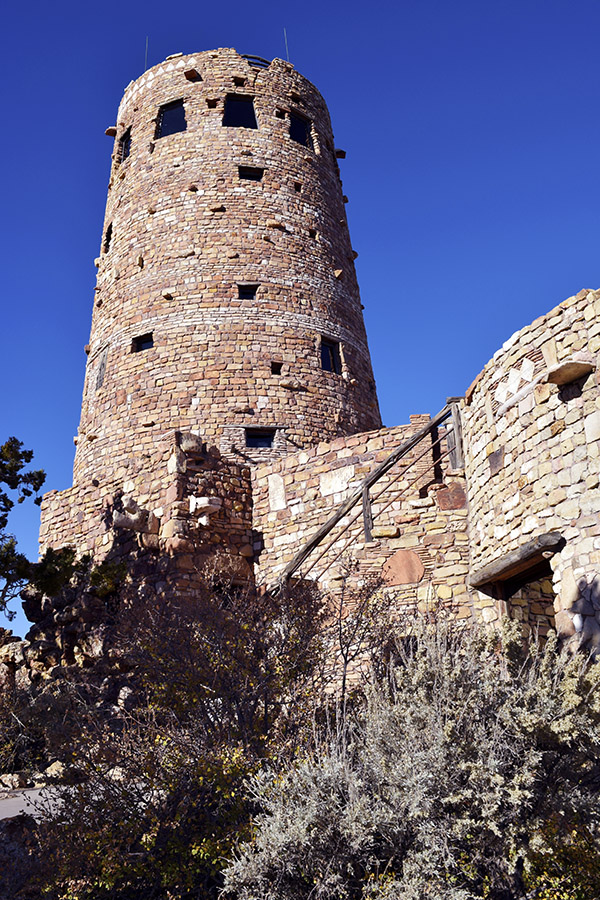
There’s an ancient tower of sorts on the easternmost viewing spot along the South Rim and we had an interesting experience there on the CSC Destinations Deal tour. Our good buddy Orlando left his gloves on this new RX3 while we were taking in the view, and when we returned, we caught a thief red-handed trying to steal them. Or rather, I should say red-beaked. It was a big old crow (a bird, not the whiskey) and he was trying to make off with one of Orlando’s gloves. We all started screaming at that big old blackbird, and it dropped the glove and flew away. That was a good thing. It was super cold that morning and Orlando would have had a tough time continuing the ride without both gloves.
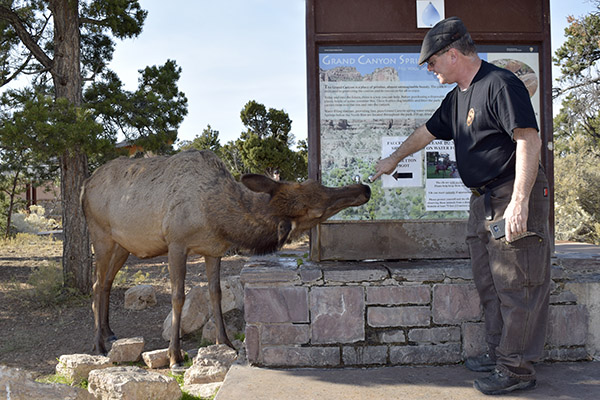
The earliest known Grand Canyon habitation occurred during the Paleo-Indian period nearly 12,000 years ago, but the emphasis here is on “known.” Archeologists are still discovering ancient stuff down there. Geologically, the Grand Canyon started about 20 million years ago. The Colorado River, flooding, ice, wind and seismic shifts worked their magic to create the 277-mile-long, 15-mile-wide, and mile-deep Grand Canyon.
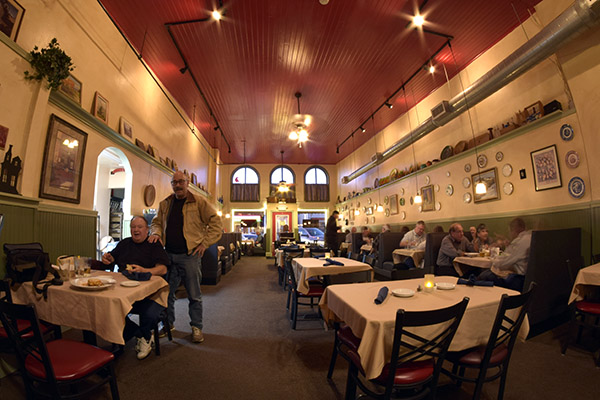
Hey, here’s one more thought: If you’re doing the South Rim, it’s something that you can take in in a day. Most folks stay in Grand Canyon Junction just outside the entrance to the South Rim, but that’s a real touristy area and if you don’t like McDonald’s or pizza, your dining choices are limited. My advice is to stay in Williams, about one hour south. It’s just off I-40. Williams is a bit touristy, too, but the hotels and restaurants are a cut above what’s in Grand Canyon Junction. It’s a nice ride north to the South Rim early the next morning. Trust me on this; you can thank me later.
Never miss an ExNotes blog. Sign up here:
More epic motorcycle adventures are waiting for you here!

